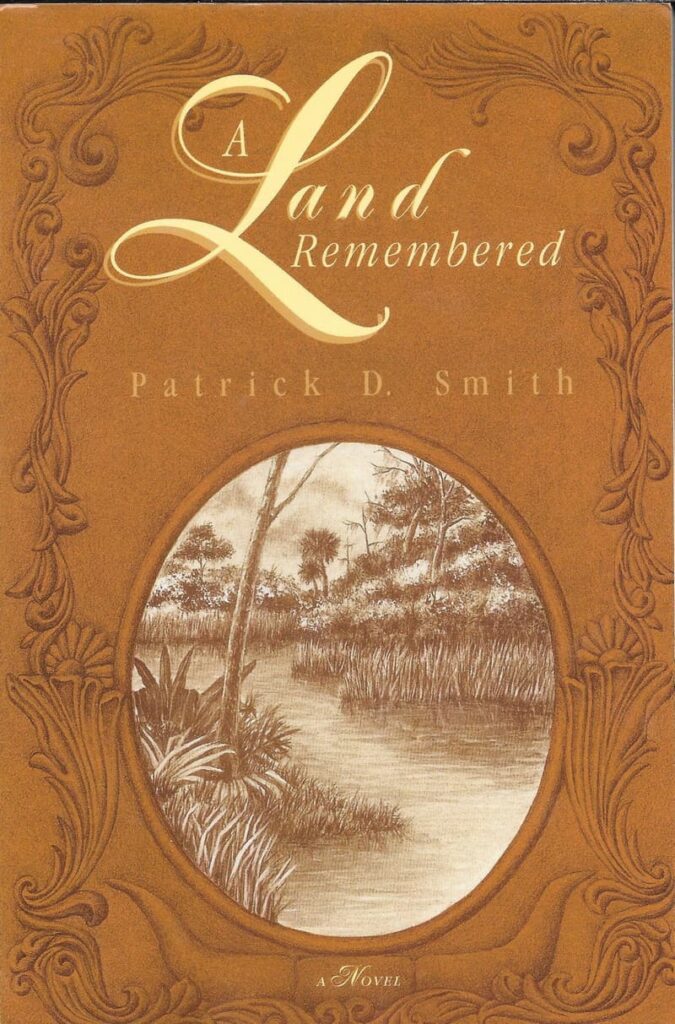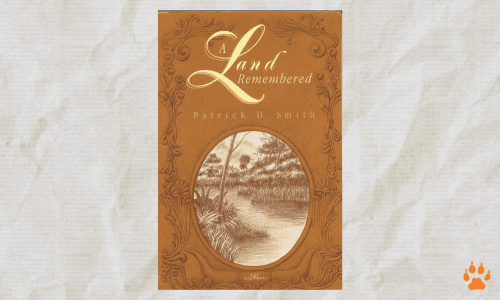By: James Kennedy | East Lee County News
When Floridians argue about growth, the environment, or heritage, there’s one book that keeps resurfacing: Patrick Smith’s *A Land Remembered*. Published in 1984, it has quietly become the most influential book about Florida in the last half-century.
This isn’t meant as hyperbole or nostalgia. Few novels manage to cross over from literature into classrooms, from living rooms into county commission chambers, from book clubs into public policy debates. But *A Land Remembered* did exactly that.
Generations of students have read the youth edition in school. Their parents and grandparents read the full version. For many, it’s the first and only time they’ve seen Florida’s real frontier cattle drives, Seminole neighbors, and mosquito-choked swamps brought to life in a way that sticks.
It matters because Florida is too often caricatured. National media likes to paint the state as a punchline, a place of theme parks and headlines. But Smith’s novel gave Floridians their own story. A family saga that stretches from hardscrabble pioneers to developers draining swamps and bulldozing groves, it captures the tension we still live with today: how do we balance progress with preservation?
Over the last 50 years, the book has become prophetic. When we fight over Everglades restoration, urban sprawl, polluted rivers, or vanishing ranch land, *A Land Remembered* is there, in the background, a reminder of what was gained and what was lost. It didn’t just tell a story; it framed a moral argument about Florida’s land and future.
Other writers have made their mark. Zora Neale Hurston and Marjorie Kinnan Rawlings belong to an earlier era, and Carl Hiaasen’s sharp satire has entertained millions. However, no single book in the last 50 years has done more to shape how Floridians see themselves than *A Land Remembered*.If you want to understand this state—not the Florida of billboards and interstates, but the Florida that built itself out of sand, cattle, and survival—start with Patrick Smith’s masterpiece. Half a century on, it remains the story we can’t stop remembering.









